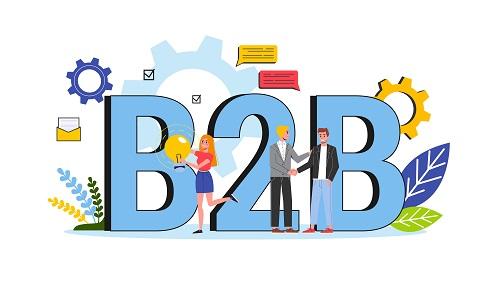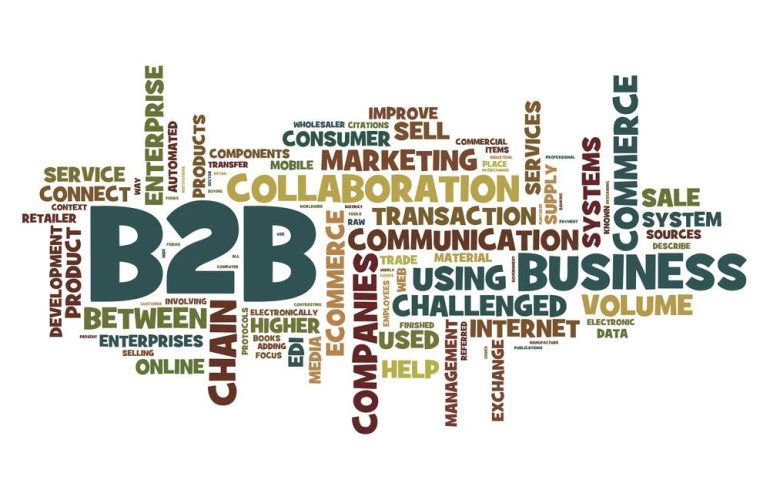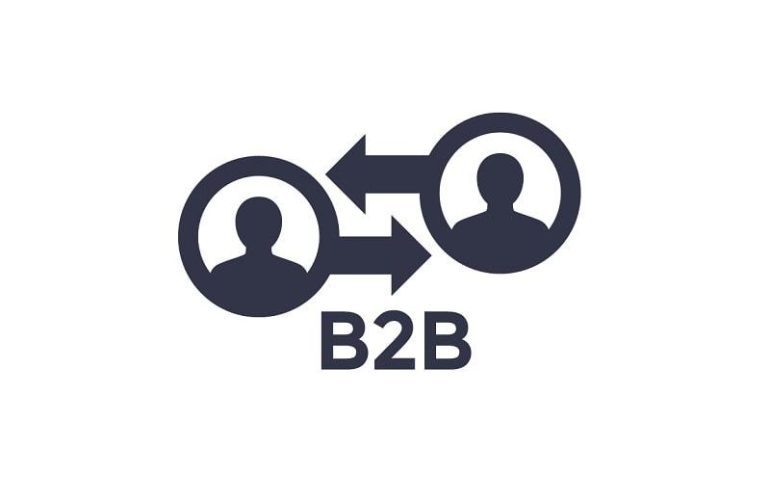In the competitive world of business-to-business (B2B) commerce, lead generation stands as a critical pillar of success. Without a steady stream of qualified leads, even the most innovative products and services may struggle to gain traction in the market. Whether you’re a seasoned marketer or a business owner exploring new growth strategies, understanding the nuances of B2B lead generation is essential. In this comprehensive guide, we will delve into the key tactics and strategies needed to master the art of generating leads in the B2B landscape. From identifying your target audience to leveraging digital marketing tools, we’ll explore proven methods that can help elevate your lead-generation efforts. Join us as we uncover practical insights and actionable steps to drive meaningful connections and foster long-term business relationships.
Table of Contents
- Understanding the B2B Lead Generation Landscape
- Crafting a Targeted Buyer Persona for Effective Outreach
- Implementing Proven Lead Generation Strategies and Tools
- Measuring and Analyzing Success in B2B Lead Generation
- Key Takeaways
Understanding the B2B Lead Generation Landscape
In the dynamic world of B2B lead generation, understanding the various channels and strategies available is crucial for success. The landscape is characterized by an array of platforms, technologies, and methodologies that can be leveraged to attract and convert potential clients. Key components include:
- Content Marketing: Utilizing valuable and relevant content to engage prospects.
- Email Campaigns: Sending targeted emails to nurture leads and drive conversions.
- Social Media Outreach: Leveraging platforms like LinkedIn for networking and lead identification.
- Search Engine Optimization (SEO): Optimizing content to improve visibility in search results.
- Paid Advertising: Using targeted ad campaigns on search engines and social media.
The effectiveness of these strategies varies based on industry, target audience, and market conditions. It’s essential to track key performance indicators (KPIs) to measure success and refine approaches. A simple comparison table of common lead generation methods and their benefits can help illustrate this:
| Lead Generation Method | Benefits |
|---|---|
| Content Marketing | Builds trust, educates the audience |
| Email Campaigns | Direct engagement, high ROI |
| Social Media Outreach | Wide reach, fosters community |
| SEO | Cost-effective, increases organic traffic |
| Paid Advertising | Immediate visibility, targeted approach |
Crafting a Targeted Buyer Persona for Effective Outreach
Creating an effective buyer persona is crucial for B2B companies aiming to optimize their outreach strategies. A well-defined persona helps in understanding the specific needs, pain points, and behaviors of your target audience. To craft an impactful persona, consider the following elements:
- Demographics: Age, gender, job title, and industry.
- Goals: What challenges do they face? What are they aiming to achieve?
- Buying Behavior: Where do they source information? What factors influence their purchasing decisions?
- Preferred Communication Channels: Email, social media, webinars, etc.
Once you’ve gathered this information, you can create a persona that resonates closely with your ideal customer. Utilize this template to visualize and refine your outreach approach:
| Persona Attribute | Description |
|---|---|
| Name: | Tech-savvy Marketing Manager |
| Age: | 35-45 |
| Key Challenge: | Integrating new technologies into existing operations |
| Preferred Content Type: | Case studies and whitepapers |
| Buying Decision Influencers: | Peer recommendations and online reviews |
Implementing Proven Lead Generation Strategies and Tools
To enhance your lead generation efforts, adopting tried-and-true strategies along with the right tools is essential. One effective method is content marketing, where you create valuable, informative content that attracts your target audience. This can include blog posts, whitepapers, and webinars, all designed to position your company as an industry authority. Additionally, incorporating SEO best practices can significantly boost your visibility in search engine results, making it easier for potential leads to find you. Social media platforms also play a crucial role; they not only allow for direct engagement with your audience but also enable you to share valuable content that directs traffic back to your website.
When it comes to tools, utilizing customer relationship management (CRM) software can dramatically streamline your lead generation process. With features that allow tracking interactions, managing data, and automating tasks, CRMs are invaluable for nurturing leads. Equally important are email marketing systems, which can help you segment your audience and personalize your outreach efforts, thereby increasing chances of conversion. Here’s a quick look at some essential tools to consider:
| Tool | Purpose |
|---|---|
| HubSpot | Inbound marketing and sales CRM |
| Mailchimp | Email marketing |
| SEMrush | SEO and content marketing |
| LinkedIn Sales Navigator | Lead generation through networking |
| Hootsuite | Social media management |
Measuring and Analyzing Success in B2B Lead Generation
Understanding how to gauge success in B2B lead generation is crucial for continuous improvement and scalability. A variety of metrics can be used to assess effectiveness, including:
- Conversion Rate: This measures the percentage of leads that turn into paying customers.
- Cost Per Lead (CPL): Identifies the total cost incurred in acquiring each lead, helping to evaluate budget effectiveness.
- Lead Quality: Assessing the viability of leads based on their engagement and fit with your ideal customer profile.
- Time to Conversion: The duration it takes for a lead to become a customer; shorter times often indicate better targeting.
Analyzing these metrics yields valuable insights into the efficiency of your lead generation strategies. Using intuitive dashboards and data visualization tools can facilitate this process, allowing for clearer comparisons and trends analysis. A simple table can be useful for presenting lead source performance:
| Lead Source | Conversion Rate (%) | Cost Per Lead ($) |
|---|---|---|
| Social Media | 15% | 50 |
| Email Marketing | 20% | 30 |
| Webinars | 25% | 40 |
| Paid Ads | 10% | 70 |
By carefully analyzing these metrics and leveraging data-driven insights, businesses can refine their strategies, allocate resources more effectively, and ultimately enhance their lead generation efforts.
Key Takeaways
mastering B2B lead generation is a critical component of driving growth and success in today’s competitive market. By incorporating the strategies and best practices outlined in this guide, you can create a robust lead generation framework that not only attracts potential clients but also nurtures them through the sales funnel. Remember that consistency and adaptation are key; staying attuned to industry trends and continuously refining your approach will yield the best results over time.
As you embark on this journey, don’t hesitate to experiment with different tactics, measure your performance, and adjust your strategies accordingly. successful lead generation is about building meaningful relationships and providing value to your audience. With dedication and the right tools at your disposal, you’ll be well on your way to achieving lasting success in your B2B efforts. Thanks for reading, and best of luck with your lead generation initiatives!






